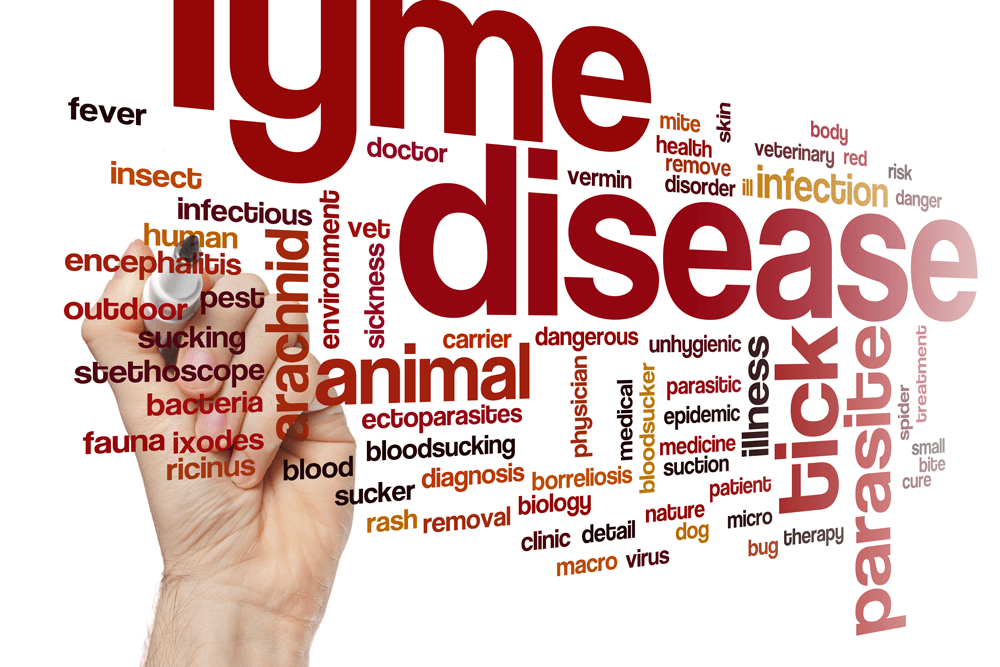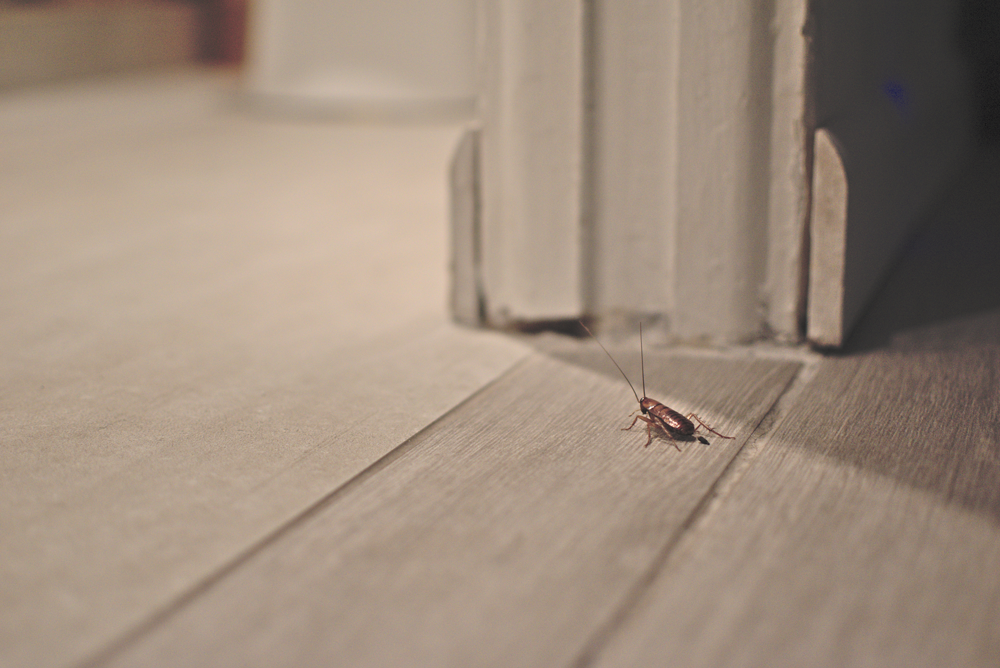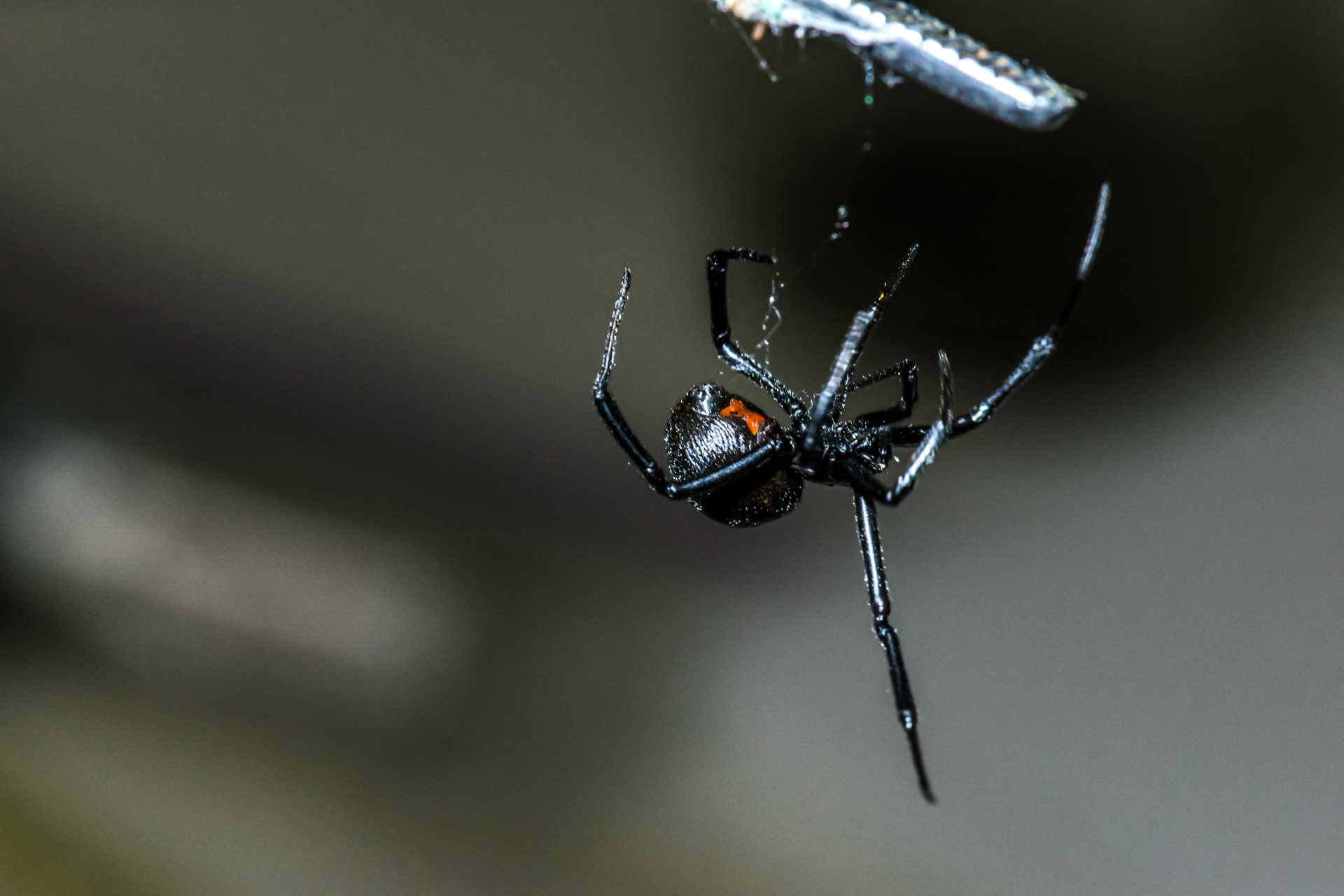Blog Layout
Can Insects Make Us Sick?
Jun 05, 2019
Some Obvious Disease Transmitters And Others Surprising

Insects can be much more than a nuisance to your family and business. Insects carry and transmit many diseases to humans and are among the most significant health hazards we encounter in our daily lives. Insects transmit disease to humans by acting as hosts to disease-causing microorganisms
and also by biting humans and placing disease vectors directly into a human’s bloodstream.
Common insects found in North Carolina that transmit disease include flies, ants, fleas, Bed Bugs, mosquitoes,
and ticks. In this post, we will look at some of the insects that transmit diseases and illnesses to humans.
Ants, flies, and fleas are continuously on the hunt for food, and seek out home and commercial food supplies when not controlled. When ants or flies come in contact with human food, they can transmit a large number of disease- and illness-causing microorganisms
to humans through the food we eat.
Flies and ants regularly contaminate food with disease vectors when they bring harmful bacteria from infected food or animal feces in contact with food before being consumed by people. Among the infectious diseases transmitted by flies and ants are E. Coli, Salmonella, Shigellosis, and Strep throat.
E. Coli bacteria include certain strains
that cause cramping, diarrhea, and vomiting in humans. Healthy adults usually recover from E. Coli infection in a few days, but children and elders are at risk from increased complications involving kidney failure.
Salmonella is a bacterial infection affecting the human gastrointestinal tract. Common symptoms
include diarrhea, fever, and cramping. For people with other conditions, or compromised immune systems, Salmonella can lead to serious complications outside the intestines. It can take several months for an infected person’s bowels to return to normal.
The Shigella bacteria
is also transmitted by ants and other insects to humans through our food supply. The bacteria causes Shigellosis with common symptoms of diarrhea, fever, stomach pain, and cramping. Once infected with Shigella bacteria, humans transmit the bacteria to other humans.
Ants, flies, and other insects can carry Streptococcus bacteria, which cause Strep throat. Strep throat is contagious among humans and causes sore throat and pain. Strep throat can lead to kidney conditions and rheumatic fever, affecting joints and muscles. Children are especially susceptible to Streptococcus infection.
Ticks infect
humans and pets with pathogens when they feed on our blood. When a tick lands on a host it begins immediately to seek a usable feeding location. It then grabs the host’s skin with a glue-like material to stay attached to the host. Ticks also secrete chemicals that deaden the feeding spot, so that the host will not feel the tick’s bite. These secretions contain pathogens.
Ticks commonly transmit
Lyme Disease and Rocky Mountain Spotted Fever. Lyme disease is a bacterial disease which affects a victim’s nervous system and joints. Heart arrhythmia can also result from the infection. Symptoms include fever, skin rash, and lethargy and weakness. The disease
lasts for several months typically and is treated with antibiotics. Lyme Disease is prevented through effective tick control in order to minimize the risk of bites during tick season. Long term effects of Lyme Disease include muscle pain and weakness even years after the initial infection.
Rocky Mountain Spotted Fever causes
fever, severe headaches, nausea, and rashes. The typical rash occurs on an infected person’s ankles and wrists. The normal treatment for Rocky Mountain spotted fever is a course of antibiotics. Left untreated, Rocky Mountain Spotted Fever can significantly damage internal organs. The best course of prevention is avoidance of tick bites.
Mosquitoes feed on all types of mammals, including humans of course. When a mosquito feeds on an animal infected with pathogens, the mosquito becomes a disease vector by picking up the pathogens, which are then transferred to the bloodstream of their next bite victim. The insects are not susceptible to disease from the microorganisms but host them until they are passed on to a person or animal that the pathogen can attack.
Two common mosquito-borne diseases in the United States are West Nile Virus and Zika Virus.
The West Nile Virus is a type of encephalitis causing fever, headache, and body pain. Infections can also afflict the human nervous system. West Nile is the most common disease carried and transmitted by mosquitoes in the United States. Currently, there are no vaccines or medications to prevent or treat West Nile Virus infection in humans. Symptoms
of West Nile Viral Infection include fever and aches. In some cases, life-threatening complications can develop.
The symptoms
of Zika virus infection are fever, rash, muscle pain, and headache. Zika can also cause birth defects when infection occurs during pregnancy. Zika can lead to neurologic conditions in some cases.
The key to prevention of the diseases carried by mosquitoes is controlling mosquito infestation of your property through professional treatment, containment, and prevention.
Protect your family and your business from the health risks that insects present. Call At Ease Pest Solutions today for a free estimate regarding all of your pest control needs.
Troutman Branch
694 South Main Street
Troutman, NC 28166
704.761.9697













